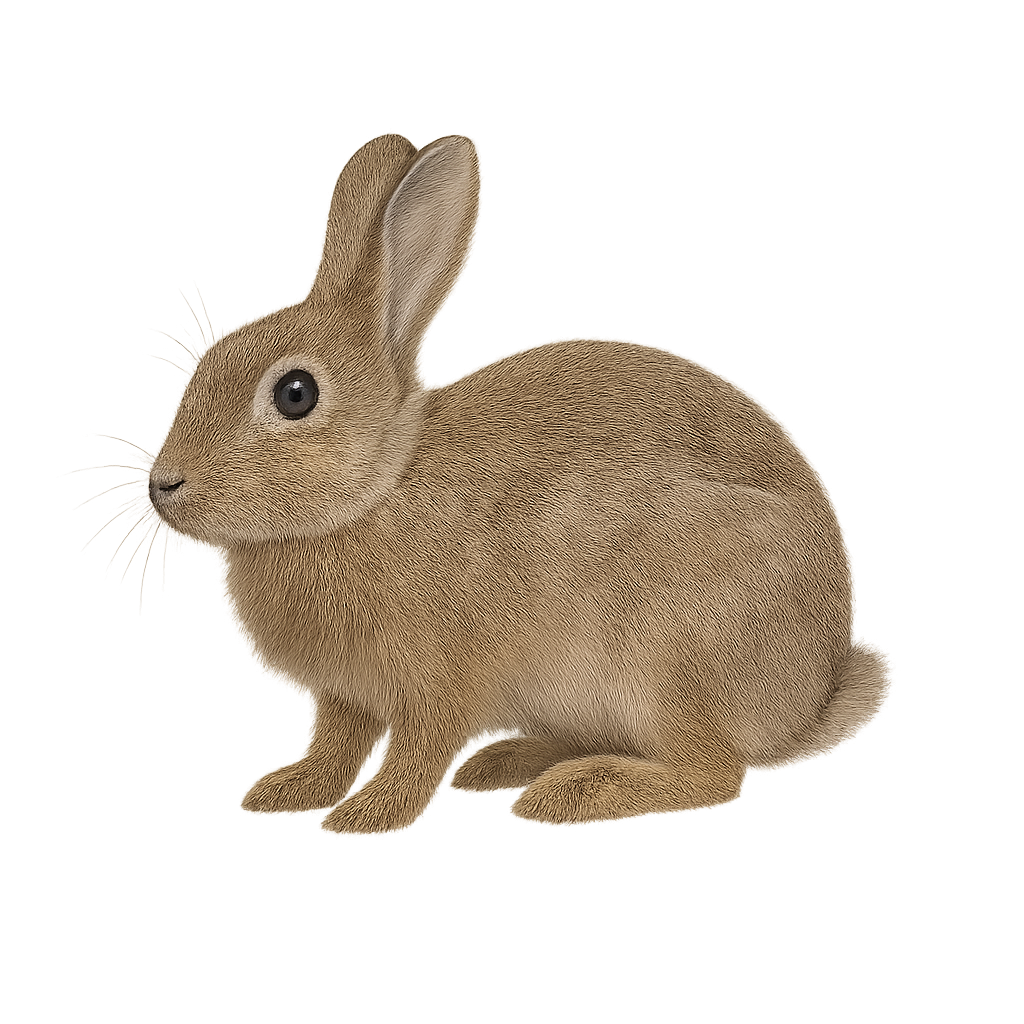Your wildlife photography guide.
Explore the european rabbit in detail, study its behavior, prepare your shots.
Where to observe and photograph the european rabbit in the wild
Learn where and when to spot the european rabbit in the wild, how to identify the species based on distinctive features, and what natural environments it inhabits. The WildlifePhotographer app offers tailored photography tips that reflect the european rabbit’s behavior, helping you capture better wildlife images. Explore the full species profile for key information including description, habitat, active periods, and approach techniques.
European rabbit
Scientific name: Oryctolagus cuniculus

IUCN Status: Least Concern
Family: LEPORIDAE
Group: Mammals
Sensitivity to human approach: Suspicious
Minimum approach distance: 50 m
Rut period: January to August
Gestation: 28-33 jours
Births: February to October
Habitat:
Meadows and fields
Activity period :
Active at dawn and dusk, ideal moments for observation.
Identification and description:
The European Rabbit is a small herbivorous mammal, widely distributed across Europe and in certain parts of the world where it has been introduced. It measures about 40 to 50 cm in length, with a short tail and soft fur that varies from light gray to brown, with a white belly. The European Rabbit is known for its long ears, bright eyes, and powerful hind legs that allow it to leap quickly. It typically lives in groups in burrows called "warrens," which it digs in soft soils or dense vegetation. This rabbit is primarily herbivorous, feeding on grasses, roots, leaves, and fruits. While it is an excellent breeder, with several litters a year, it is vulnerable to predators such as foxes, birds of prey, and carnivores. Despite its large population, the European Rabbit is threatened in some areas by excessive hunting, habitat loss, and the spread of diseases. It plays an important role in ecosystems as prey for many carnivores and as an ecological engineer, digging burrows that alter soil structure.
Recommended lens:
300 mm – adjust based on distance, desired framing (portrait or habitat), and approach conditions.
Photography tips:
Use a telephoto lens to photograph from a distance, respecting the discreet nature of the species.
Photograph early in the morning or late in the afternoon, when the soft light highlights the fur of the European rabbit.
Look for it in various habitats, such as meadows, hedgerows, open forests, and gardens, where it mainly feeds on herbaceous plants, bark, and young shoots.
Be patient and discreet to avoid disturbing its natural behavior. Avoid abrupt movements and remain silent.
The European rabbit is classified as a minor concern by the IUCN. However, it is sensitive to habitat loss and human disturbances, especially during the breeding season. It is essential to respect its environment and minimize disturbances.
The WildlifePhotographer App is coming soon!
Be the first to explore the best nature spots, track rutting seasons, log your observations, and observe more wildlife.
Already 1 430 wildlife lovers subscribed worldwide

